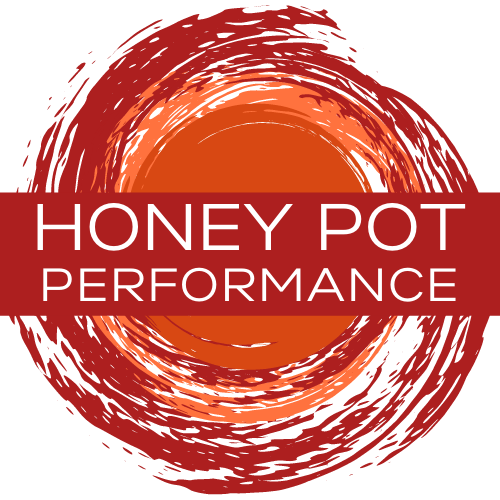Where to Gather Together for the Queer Groups?
By Yi Chen
In 1939, sexologist Alfred C. Kinsey traveled to Chicago to explore a possible project about homosexuality. During his journey he discovered a world inside the world. This little world was full of parties, clubs, and bars. Describing the scene to a colleague, he said this demimonde “would be unbelievable if realized by the rest of the world.” According to Tristan Cabello, Chicago’s little, gay world had expanded during the Civil Rights Era. The increasing number of gay-friendly clubs on the North Side catered to queer newcommers to Chicago. Certain areas of the City came to be considered part of what Timothy Stewart-Winter has called “the queer North Side.” Even with this relative expansion, Black folks were often excluded. Clubs in Bronzeville, like The Kitty Kat Club, were friendlier to African Americans.
North and south of downtown Chicago became the most notable entertainment districts in the City in the mid-20th century. On the South Side, the jazz trumpeter “Tiny” Davis opened a Bronzeville club with her partner Ruby Lucas. It was a space where, according to Stewart-Winter, Davis said that the daddies could be daddies and the femmes could be femmes. The venue was demolished to make space for the Dan Ryan Expressway in 1958. This was not an isolated incident. Many spaces designed by and for queer community ended after short periods of time. There are limited archival resources documenting these spaces, so oral histories shared by people whose lives took shape in them have become essential to understanding them.
According to Stewart-Winter, Chicago became the first major American City where being gay was decriminilzed in the 1960s. However, gay nightlife remained a battlefield for the police. Gays and lesbians were no longer offenders anymore, but gathering together in bars remained prohibited. The queer community still lacked the “right to assemble” due to provisions in the state liquor laws. Black queer communities still struggled to find public spaces where they could safely gather and have fun. In part as a response to this lack of certainty, they activated underground spaces, holding parties in basements and other spaces where the police wouldn’t bother them. Dana Powell, speaking on a CBSCM panel at The Stony Island Arts Bank, says that “the [concept of a] musical Stonewall is absolutely true.” He remembered “times back in the ‘70s and the early ‘80s where gays could not have a club and if gays had assembled together, they would call the police and the police would arrest us, so that’s a true story and that’s a true fact.”
Gathering together in a basement or underground space was a practice established in 1950s. According to Stewart-Winter, a police record from early 1952 suggested that Big Lou's, a Rush Street lounge in the predominantly Near North Side, had “effeminate men and mannish women in the place, males dancing with males, females dancing with females, and undue demonstrations of intimacy at the bar between females." Mostly white gay men also clustered for drinks under the noses of straight hotel guests at the Town and Country Lounge in the basement of the Palmer House. In mixed spaces like these, police commentators noted that well-heeled men mingled with male window dressers and " ribbon clerks " who worked in department stores downtown.
House music parties provided a sense of freedom for Black gay people that North Side spaces could not. During a CBSCM panel at Link’s Hall from September 2018, Keith Green, a member of the Front Row dance group, said of underground spaces that he “couldn't believe how the people were dressed, how people were all excited about the DJ, the music that he was playing. No trouble, no violence, everybody was just happy the music just motivates. It was a sense of freedom.” People need to get together with their people, support each other and be their real, authentic selves.
Chicago’s diverse queer communities are part of Black social cultures. The histories of their gatherings go back many decades. Unfortunately, most of the histories of these spaces have been lost to time. Archiving the embodied community knowledge of these spaces as a valid form of historical remembering is necessary. Honey Pot Performance and its collaborators continue collecting to, as CBSCM’s Duane Powell says, “Prove that everywhere was there.” If you are part of a crew, or went to a club, please share your story, image, or person who is activating in Chicago Black social culture.
Works Cited:
Stewart-Winter, Timothy. Queer clout: Chicago and the rise of gay politics. University of Pennsylvania Press, 2015.
Tristan, Cabello. Queer Bronzeville: A Short History of Black Queer Chicago and AIDS Activism, 1920-1985. February 2, 2021.
